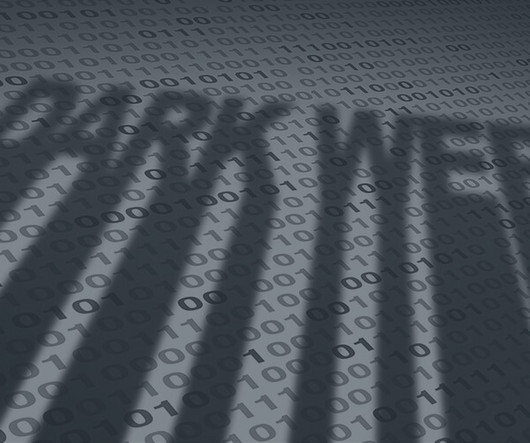Quantum computing brings new security risks: How to protect yourself
CyberSecurity Insiders
FEBRUARY 1, 2022
In the future, quantum computing has the potential to contribute to finance, military intelligence, pharmaceutical development, aerospace engineering, nuclear power, 3D printing, and so much more. What are the security risks? The global internet economy relies on cryptography as the foundation for a secure network.












Let's personalize your content